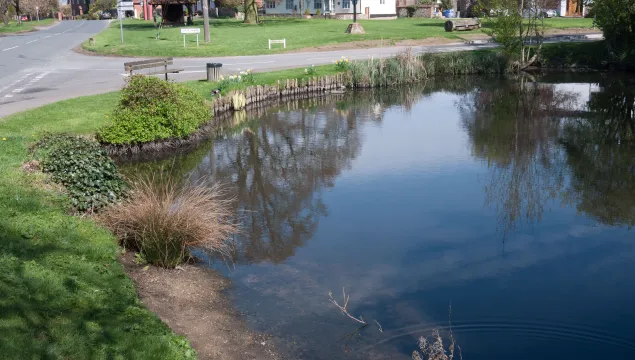
Ponds
Whether found in a garden or part of an agricultural landscape, ponds are oases of wildlife worth investigating. Even small ponds can support a wealth of species and collectively, ponds play a key role in supporting freshwater wildlife.

Whether found in a garden or part of an agricultural landscape, ponds are oases of wildlife worth investigating. Even small ponds can support a wealth of species and collectively, ponds play a key role in supporting freshwater wildlife.
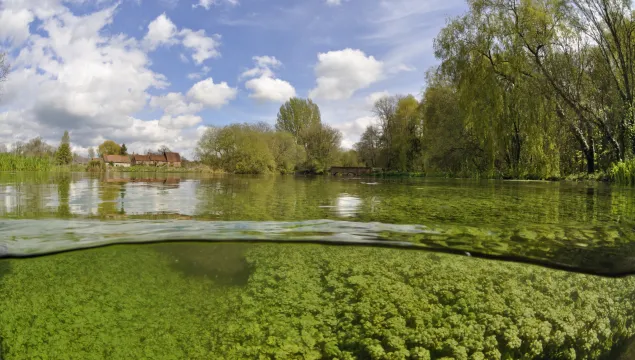
From otters to freshwater shrimps, all animals are dependant on an abundant and reliable supply of clean water. Rivers sustain the natural environment, wildlife and people in equal measure.
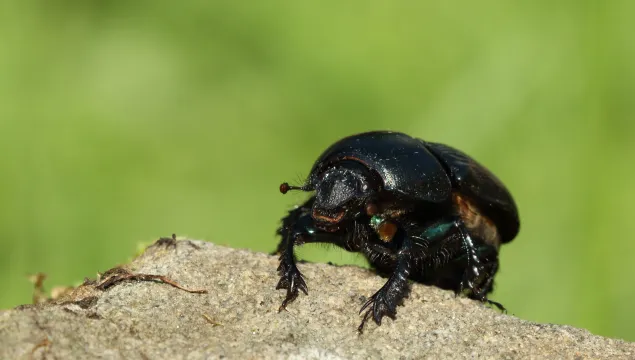
Dung beetles are an often overlooked but hugely important ecosystem engineer. Learn more about them and why we need them in our landscape.
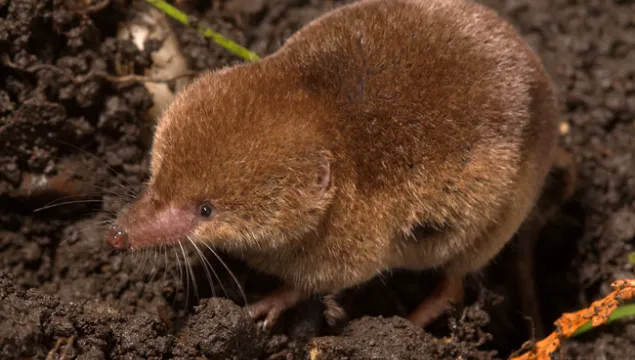
The diminutive common shrew has a distinctively pointy nose and tiny eyes. It lives life in the fast lane, eating every 2-3 hours to survive, and only living for a year or so. Look out for it in the garden.
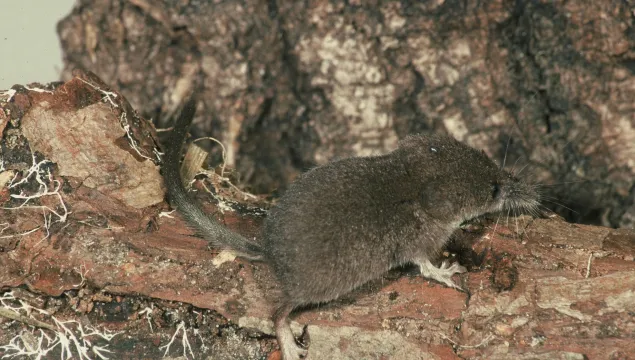
The diminutive pygmy shrew has a distinctively pointy nose and tiny eyes. It lives life in the fast lane, eating every 2-3 hours to survive, and only living for a year or so. Look out for it in the garden.
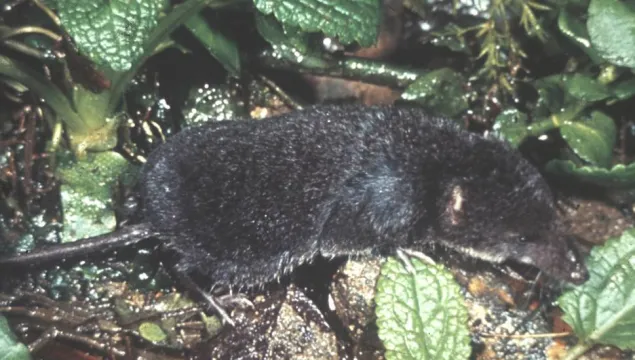
The large, dark grey water shrew lives mostly in wetland habitats. It's a good swimmer that hunts for aquatic insects and burrows into the banks.
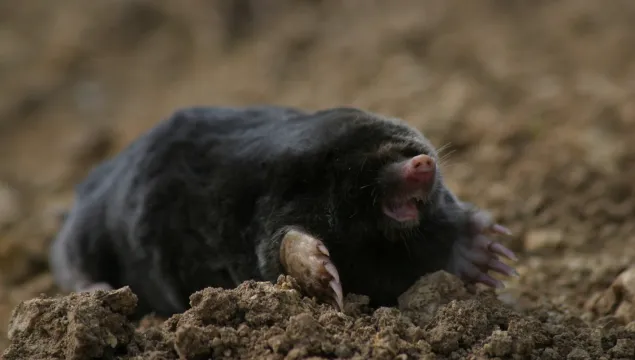
This stocky, brown mammal spends its life burrowing underground with its spade-like paws, hunting for earthworms to eat.
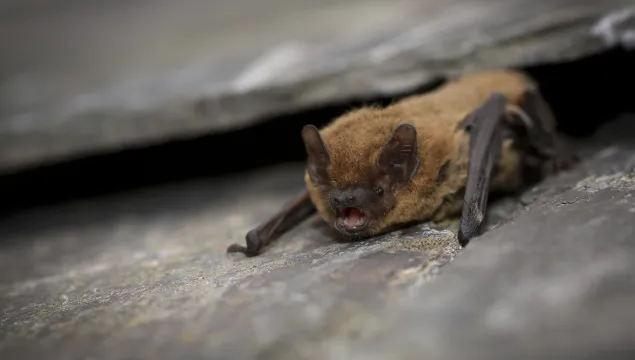
The common pipistrelle is so small, it can fit into a matchbox! Despite its size, it can easily eat 3,000 insects a night: look for it flitting around the garden or a lit lamp post as it chases its prey.
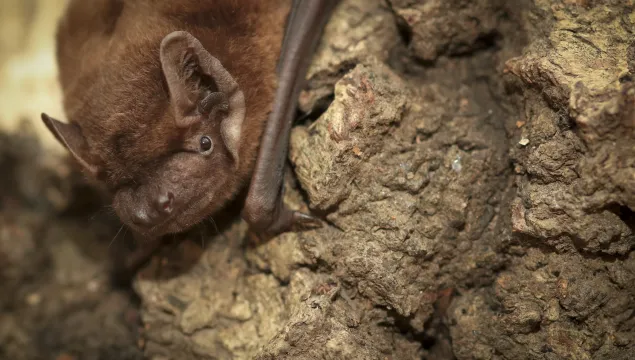
Our largest bat, the noctule roosts in trees and can be seen flying over the canopy in search of insect-prey, such as cockchafers. Like other bats, it hibernates over winter.
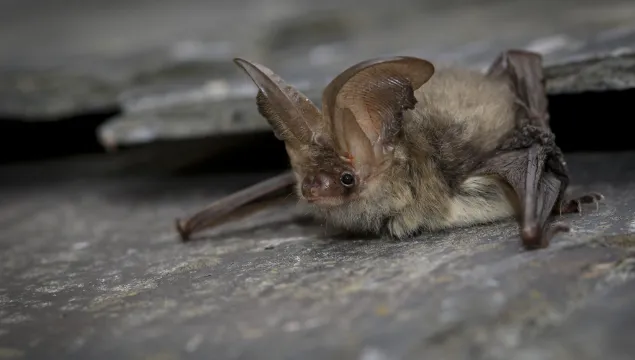
The brown long-eared bat certainly lives up to its name: its ears are nearly as long as its body! Look out for it feeding along hedgerows, and in gardens and woodland.
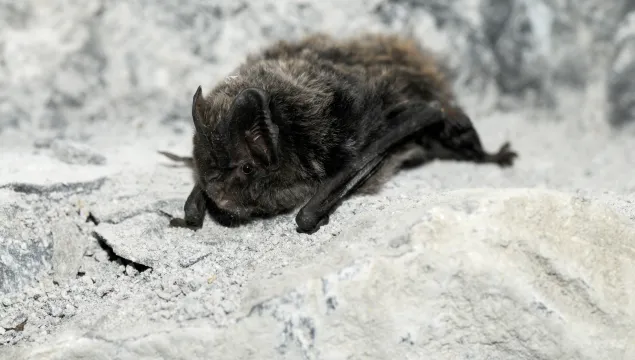
The barbastelle is a scarce bat that lives in woodland and forages over a wide area. It has a distinctive 'pug-like' appearance because of its upturned nose.
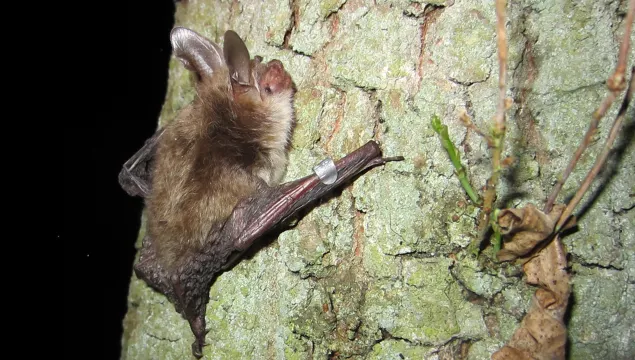
The Bechstein's bat is a very rare bat that lives in woodland and roosts in old woodpecker holes or tree crevices. Like other bats, the females form 'maternity colonies' to have their pups.